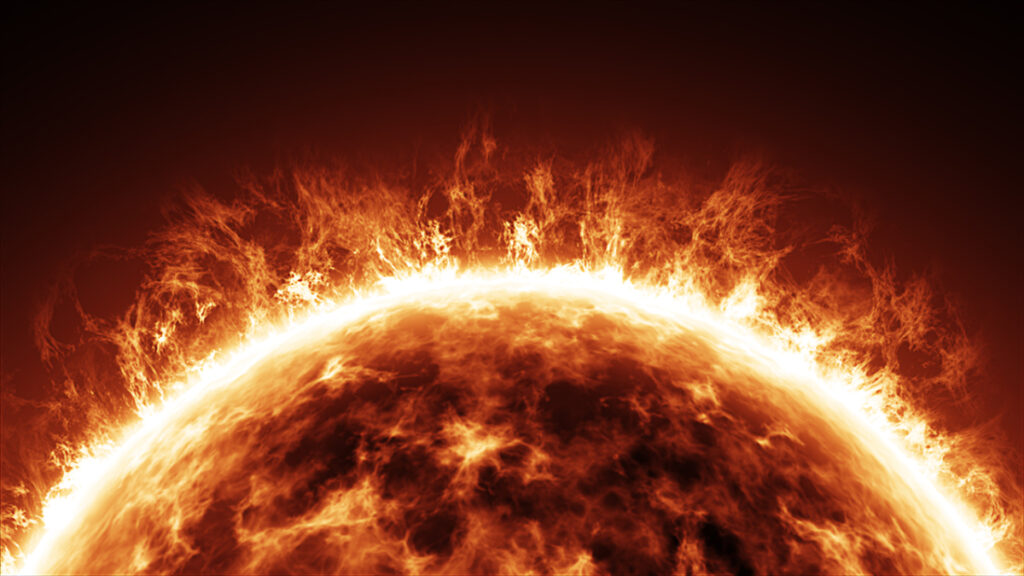
An international team of scientists has made a significant breakthrough in understanding the Sun’s corona, solving a mystery that has puzzled researchers for over seven decades. A new study reveals the first clear evidence of small-scale torsional Alfvén waves throughout the corona, the Sun’s outer atmosphere. These waves, which twist as they traverse magnetic fields, transport plasma upwards, helping to explain how the corona achieves its extreme temperatures, which can reach millions of degrees Celsius.
Historically, scientists had only detected larger Alfvén waves linked to solar flares. The presence of smaller waves had been hypothesized but remained unconfirmed until now. According to physicist Richard Morton from Northumbria University in the UK, “This discovery ends a protracted search for these waves that has its origins in the 1940s.” The research was published in the journal Nature Astronomy.
Breakthrough Enabled by Advanced Technology
The discovery was facilitated by advanced high-resolution imagery from the Daniel K. Inouye Solar Telescope in Hawaii, recognized as the world’s most powerful solar telescope. Its instruments enable researchers to track solar plasma, or charged particles, with exceptional precision. By observing the movement of superheated iron, the team was able to differentiate between the waves and detect the twisting motions they sought.
Morton explained that the movement of plasma in the Sun’s corona is typically dominated by swaying motions, which can obscure the smaller torsional motions. “I had to develop a way of removing the swaying to find the twisting,” he noted. This innovative approach allowed the team to capture the dynamics of these smaller Alfvén waves, shedding light on how superheated plasma ascends from the Sun’s surface, where temperatures are around 5,500 °C (10,000 °F), to the scorching corona.
Implications for Solar Research and Space Weather Forecasting
Understanding these small-scale Alfvén waves could enhance our knowledge of solar winds that travel from the Sun to Earth, potentially impacting satellite networks and power systems. The study suggests that these waves may play a critical role in pushing solar winds beyond the Sun’s gravitational influence and contributing to the extreme temperatures of the corona.
The ability to visualize and model these processes allows for improved space weather forecasts. This could lead to better warnings for geomagnetic storms that may affect Earth. Morton emphasized the importance of these findings: “This research provides essential validation for the range of theoretical models that describe how Alfvén wave turbulence powers the solar atmosphere.”
With the detection of these torsional waves, future research can delve deeper into their mechanisms and distributions across the corona. This will enable scientists to rigorously test other theories about solar dynamics, advancing our understanding of the Sun’s complexities and its influence on our solar system.






